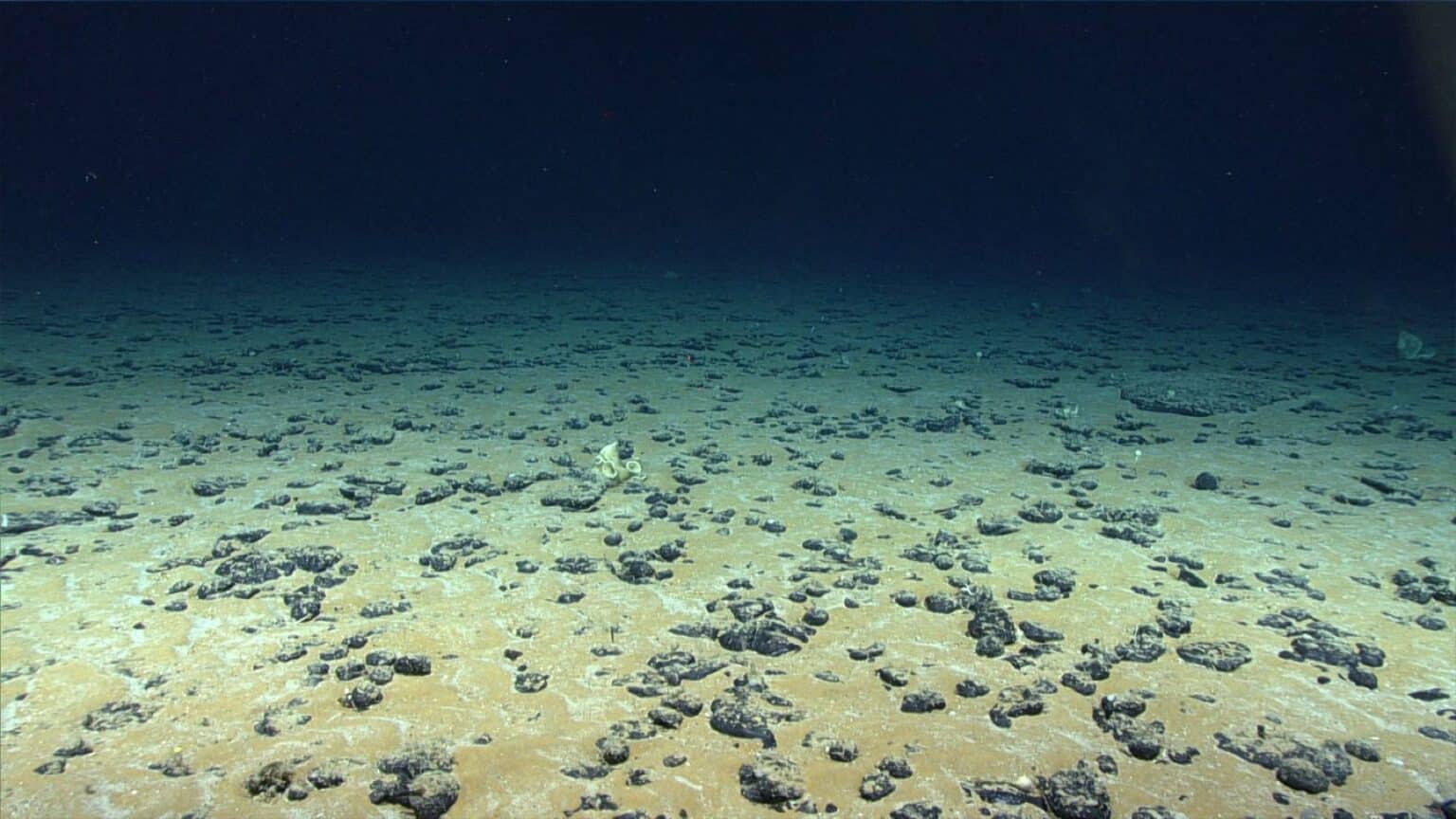Imagine this: instead of oil rigs or fishing boats, Europe’s next great energy revolution is forming quietly beneath the waves of the North Sea—and it’s not fossil fuel, but clean, green hydrogen. This breakthrough could change how the continent powers homes, businesses, and industries, making Europe a global leader in renewable energy.
The North Sea’s Secret: A Renewable Goldmine
For decades, the North Sea has been known for oil and natural gas. But today, it’s being hailed for something far more future-forward: wind-powered green hydrogen.
With wind speeds among the most consistent in the world, the North Sea is now at the center of a bold energy transformation. Plans are in motion to develop massive offshore wind farms capable of generating up to 300 gigawatts (GW) of electricity. That energy will power a process called electrolysis, which turns water into clean hydrogen and oxygen—fuel without emissions.
In short, this region is about to become Europe’s hydrogen heartland.
Why Green Hydrogen Is a Game Changer
Hydrogen isn’t new—but making it without pollution is. When powered by renewables, like offshore wind, green hydrogen emits no carbon dioxide. It burns clean, stores energy efficiently, and can be used across transportation, industry, and heating.
Instead of relying on imported oil or gas, Europe could harness 45,000 tonnes of hydrogen per year from the North Sea alone. That’s enough to power millions of homes and vehicles—and it’s just the beginning.
New tech like the Windcatcher system, a floating wall of wind turbines, could supercharge electricity production, making hydrogen generation even more efficient. The North Sea’s shallow waters and existing infrastructure make it an ideal site to lead the global shift toward carbon-free energy.
But the Road Ahead Isn’t Smooth
Let’s be real—this isn’t a plug-and-play solution. Europe’s green hydrogen dream faces some major hurdles.
From high costs and funding gaps to regulatory red tape and technical challenges, turning this vision into reality won’t happen overnight. As of now, very few planned hydrogen facilities have made it past the early stages of development.
Even more, cross-border collaboration is essential. Countries sharing the North Sea—like the UK, Germany, the Netherlands, and Denmark—must align their policies and investments if this energy network is going to work.
Europe’s Moment to Lead the Energy Transition
The opportunity is massive. With the right political support, technological investment, and long-term planning, Europe could become the global capital of green hydrogen.
Imagine what that means—not just for energy security, but for jobs, innovation, and the fight against climate change. Thousands of people could be employed building wind farms, maintaining electrolysis plants, and distributing hydrogen across the continent.
And for the planet, it’s a chance to reduce our dependence on dirty fuels while taking real steps toward a net-zero future.
A Cleaner, Stronger Future Starts Now
The North Sea is more than a body of water—it’s the gateway to Europe’s next energy era. If we rise to the challenge, this vast stretch of ocean could power a cleaner, more independent, and more sustainable Europe for generations to come.
So, what do you think? Should governments move faster to embrace hydrogen? Have you seen wind farms changing your local landscape or economy? Drop your thoughts in the comments and share this article with someone who believes in a cleaner future.
The energy revolution is happening just offshore—will Europe seize it?
